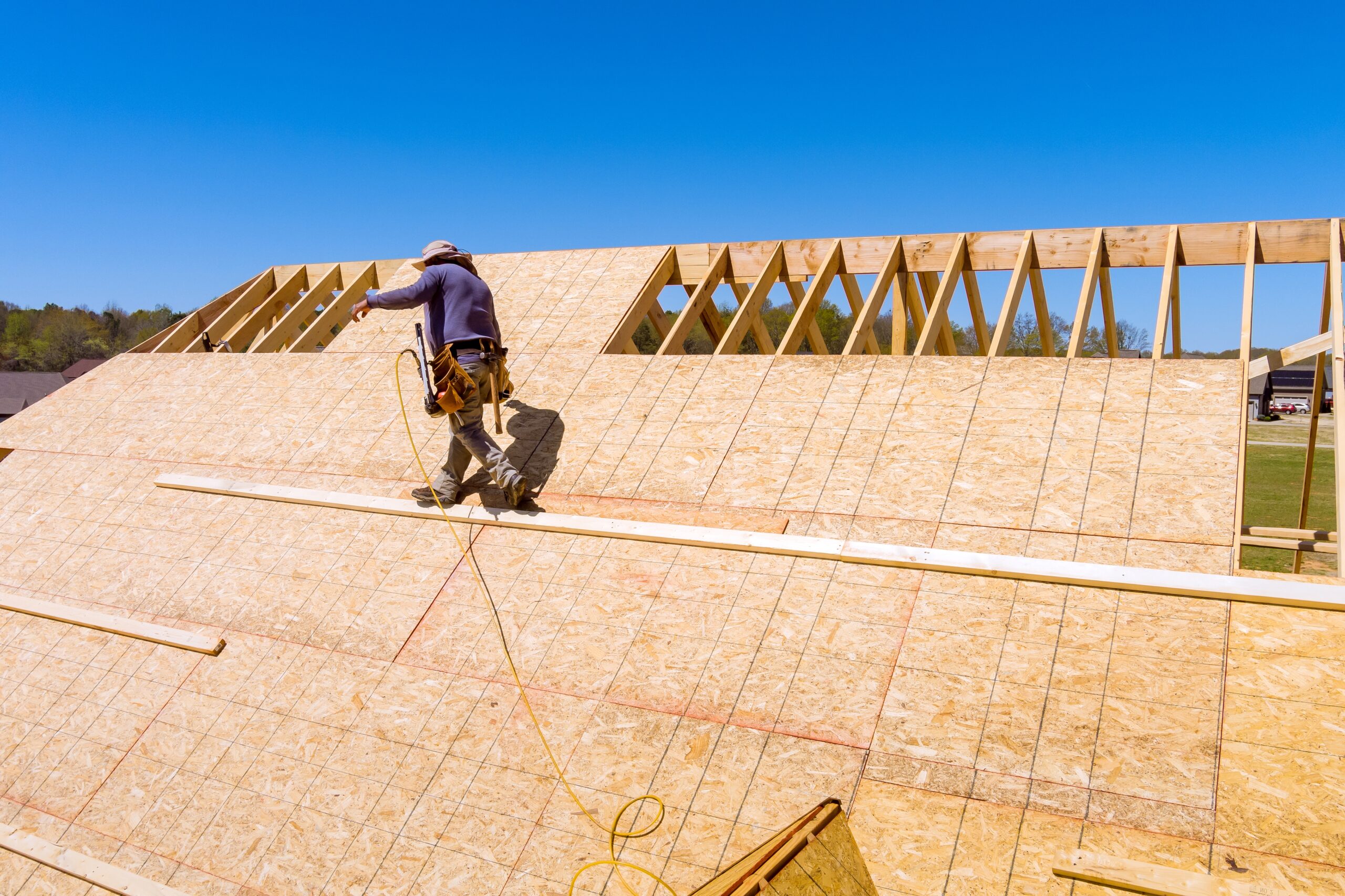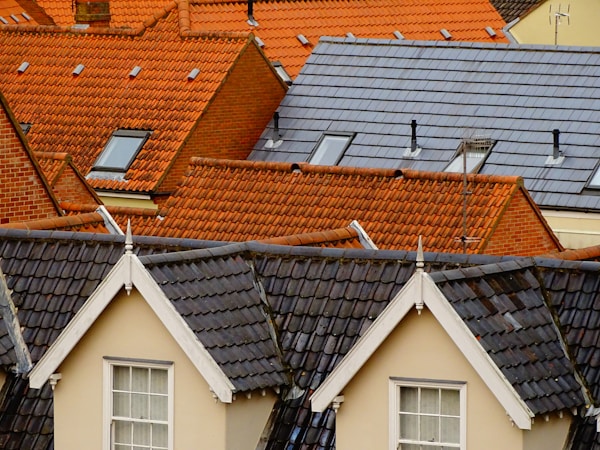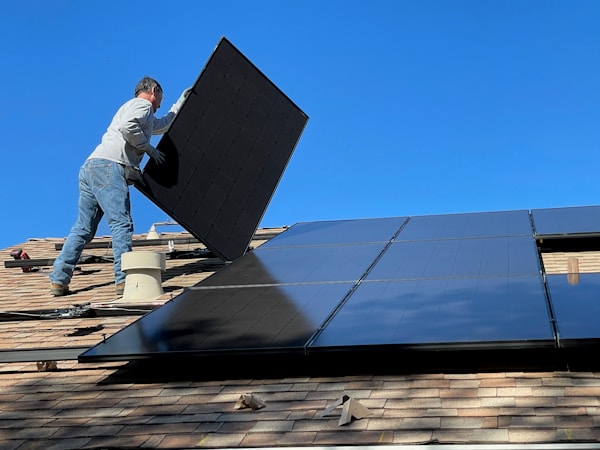
Replacing a roof can be a significant expense for homeowners, and understanding the factors that contribute to the overall cost is crucial for proper budgeting and planning. The roof replacement process involves various elements, such as materials, labor, permits, and additional features. This article aims to provide you with valuable insights on how to estimate the cost of a roof replacement, ensuring that you’re well-informed and prepared for this integral home improvement project. Keep reading to learn more.
Evaluating Roof Size and Complexity

One of the primary factors affecting the roof replacement cost Maryland is the size and complexity of the roof. Larger roofs require more materials and labor, resulting in higher costs. Additionally, complex roofs, featuring numerous angles, slopes, or architectural design elements, demand specialized skills and extra time for installation. Consequently, the more intricate your roof is, the higher the cost is likely to be.
To estimate your roof’s size, you may use online tools or roof measuring services that provide accurate measurements. Alternatively, you can calculate your roof’s square footage by using a tape measure and multiplying the length and width of each roof plane. The complexity of your roof can be determined by considering its pitch (slope), the number of layers of shingles or tiles, and the presence of irregularities like skylights, chimneys, or vents.
Keep in mind that local building codes, climate, and roofing materials can also affect the size and complexity of the roof. For example, in areas with heavy snowfall or ice accumulation, roofs need to be sturdier and more resistant to withstand harsh conditions. Ultimately, understanding your roof’s size and complexity is vital for accurate cost estimation.
Choosing Roofing Materials

Another major factor in estimating the cost of roof replacement is the type of roofing material you choose. There is a wide array of materials available, such as asphalt shingles, wood shakes, clay tiles, metal, and synthetic roofing products. Each material has its own advantages and disadvantages, along with varying costs and lifespans.
Asphalt shingles are the most common and cost-effective roofing material in the United States, offering durability, fire resistance, and a relatively easy installation process. Nevertheless, they have a shorter lifespan than other materials, typically lasting 20 to 30 years. Wood shakes and clay tiles offer more aesthetic appeal and a longer lifespan but can be more expensive. Metal roofing has surged in popularity due to its eco-friendliness, durability, and energy efficiency, but it can also be more costly.
Estimating Labor and Permits Costs
The cost of labor is another aspect of estimating the cost of roof replacement. Skilled workers can install your new roof efficiently and safely, guaranteeing a long-lasting and secure covering. Several factors influence labor costs, including your location, the complexity of the roof, and the time of year when you schedule the replacement. Hiring a reputable and experienced contractor may cost more, but the investment is usually worth it in terms of quality and reliability.
Most roof replacements require permits from your local building department. The cost of these permits varies depending on the location and the size of the project. Ensure that your chosen contractor is familiar with the permitting process and includes the cost in your estimate. It’s essential not to skip this step, as failing to obtain the required permits can result in fines or other penalties.
Considering Additional Features and Needs

Rounding out the estimation of your roof replacement cost, you need to consider any additional features and needs that may arise during the project. In some cases, the replacement of your roof provides an excellent opportunity to install new features like skylights. Bear in mind that adding such features will likely increase costs accordingly. Solar panels are another option, which can be a smart choice, as environmentally friendly features can be attractive to home buyers in the future.
Furthermore, the condition of your roof’s underlying structure may necessitate repairs or reinforcements before the new roofing materials are installed. A roof that is in a state of disrepair may cause mold to grow in your home, which can cause major health problems. If your contractor discovers water damage, rot, or other concerning issues during the replacement process, addressing these problems is necessary to ensure the longevity of your new roof.
As this article illustrates, estimating the cost of roof replacement involves assessing your roof’s size and complexity, selecting the appropriate materials, accounting for labor and permits, and considering any additional features or needs. Understanding each of these factors will empower you to make informed decisions and allocate a sufficient budget for roof replacement. By following the advice in this article, you can be sure that you’ll have a durable, high-quality roof for years to come.